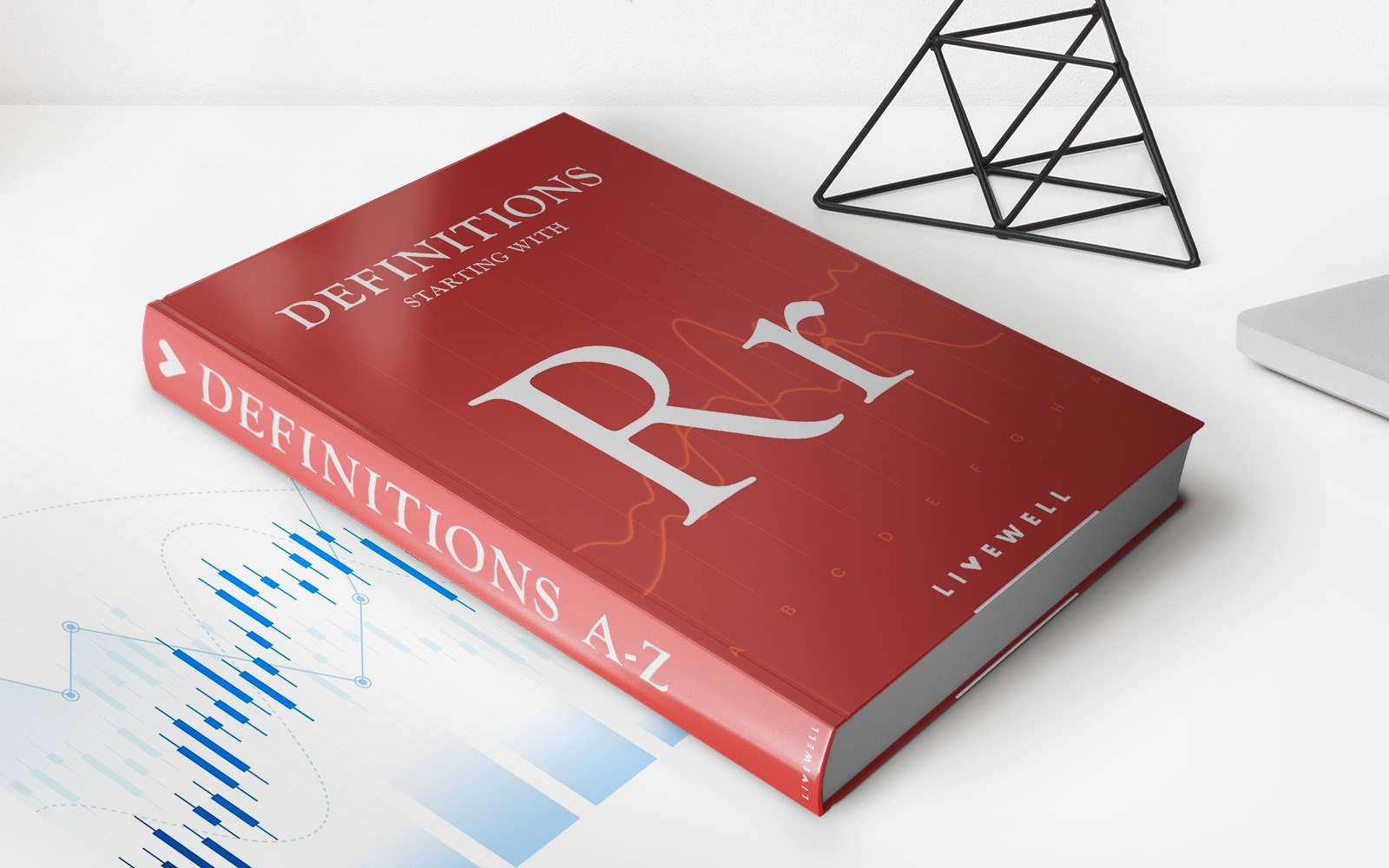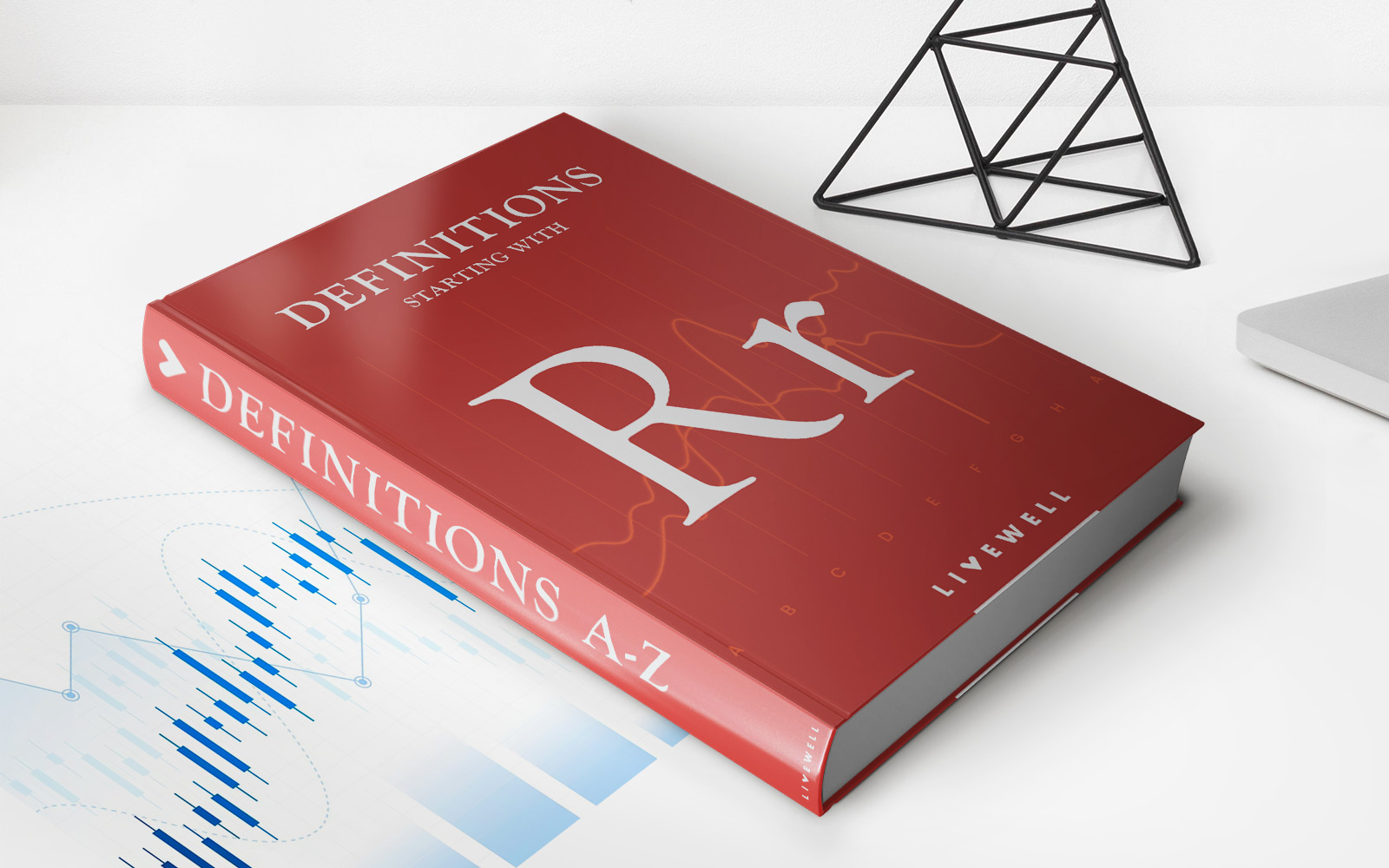

Finance
Reference Asset Definition
Published: January 17, 2024
Learn about the definition of reference assets in the world of finance and how they play a crucial role in investment strategies. Discover their importance and benefits
(Many of the links in this article redirect to a specific reviewed product. Your purchase of these products through affiliate links helps to generate commission for LiveWell, at no extra cost. Learn more)
Understanding Reference Asset Definition in Finance
When it comes to understanding the intricacies of finance, one term that often comes up is “reference asset definition.” But what exactly does it mean, and why is it important? In this blog post, we will delve into the world of finance and provide a clear explanation of reference asset definition.
Key Takeaways:
- Reference asset definition is a crucial concept in the world of finance.
- It refers to the underlying assets used to determine the value of a financial instrument or derivative.
So, what is reference asset definition? In simple terms, it is the process of selecting the specific assets that will be used as the basis for pricing a financial instrument or derivative. A reference asset can be almost anything – stocks, bonds, commodities, or even a basket of assets. The selection of the reference asset is an important decision that can greatly impact the investment’s value and risk profile.
Why is reference asset definition important?
Reference asset definition is crucial for several reasons:
- Pricing: Determining the value of a financial product relies on accurately assessing the reference asset’s performance.
- Risk Evaluation: Understanding the reference asset helps investors assess the potential risks associated with an investment.
- Hedging: Reference assets are often used to hedge against potential losses using derivatives.
- Investment Strategies: Investors use reference asset definition to create diverse portfolios and implement specific investment strategies.
By understanding and analyzing the reference asset definition, investors can make informed decisions based on the financial instrument’s underlying assets. It provides clarity and transparency, allowing investors to assess the potential risks and rewards associated with the investment.
It is worth noting that the reference asset definition can vary depending on the financial instrument or derivative being evaluated. For example, in the case of exchange-traded funds (ETFs), the reference asset may be a specific index that represents a sector or market. On the other hand, for options contracts, the reference asset could be a specific stock or a stock index.
Conclusion:
In the world of finance, reference asset definition plays a crucial role in valuation, risk evaluation, and investment decision-making. Understanding the reference asset is essential for investors looking to navigate the complex landscape of financial instruments and derivatives successfully. By considering the reference asset, investors can make informed decisions and create strategies that align with their financial goals.
So, the next time you come across the term reference asset definition, you’ll have a clear understanding of its significance in the finance realm.














